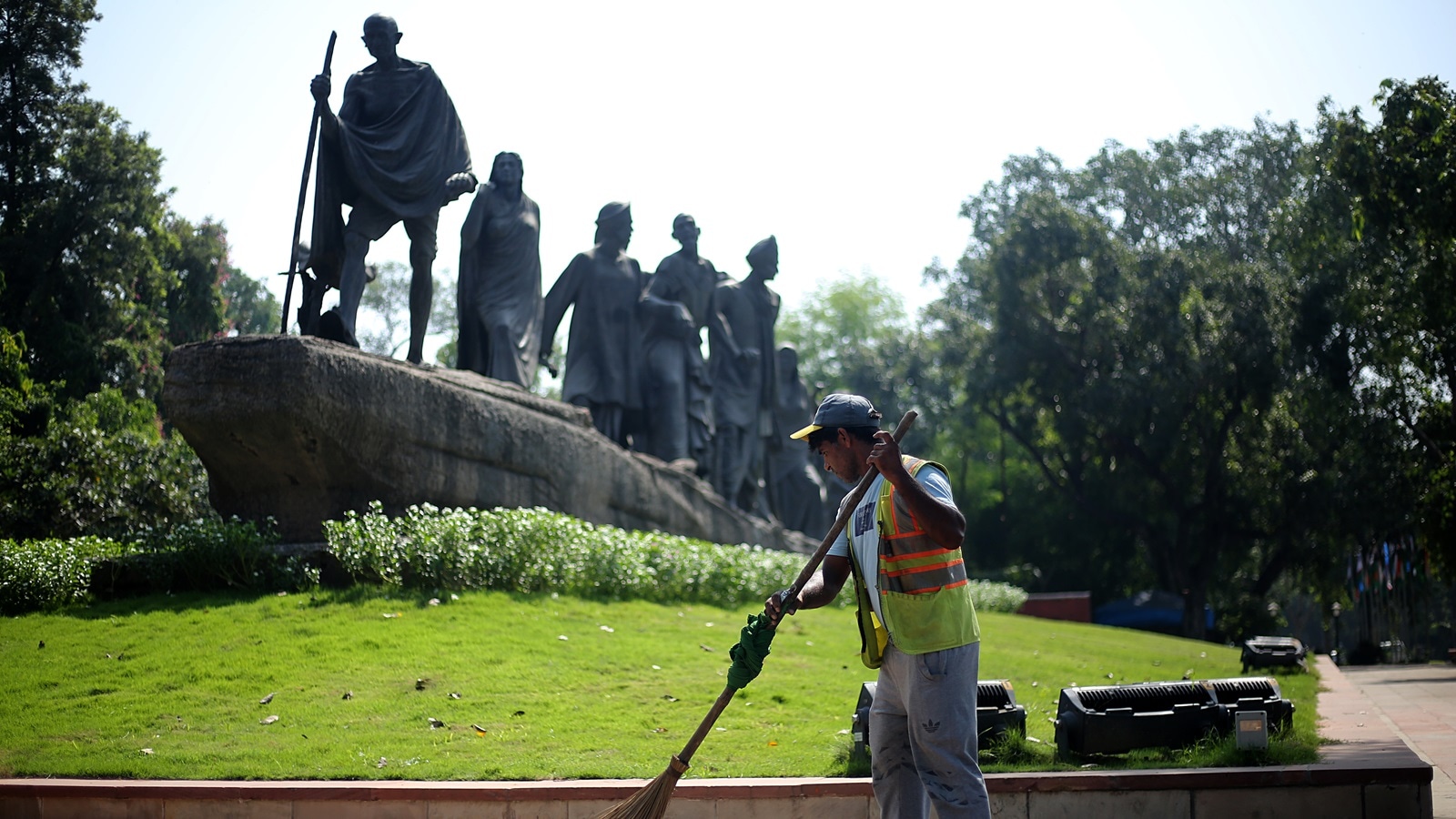Home / Environment / Swachhta Strengthens India's Tourism, Business, and National Pride
Swachhta Strengthens India's Tourism, Business, and National Pride
2 Oct
Summary
- Swachhta movement has evolved from infrastructure to behavior change
- Swachh Bharat Mission has created over 11.5 crore toilets and 4.7 lakh ODF Plus villages
- Swachhata is crucial for India's economic growth and global competitiveness

In the 11 years since the launch of the Swachh Bharat Mission (SBM), India has made remarkable progress in transforming its sanitation landscape. What began as a vision to make India Open Defecation Free has now evolved into a nationwide culture of cleanliness, hygiene, and community ownership.
As of 2025-10-02, the SBM-Grameen program has constructed over 11.5 crore toilets, and more than 4.7 lakh villages have declared themselves as ODF Plus, equipped with solid and liquid waste management systems. This has led to healthier children, cleaner water bodies, and empowered Panchayats and women's groups taking the lead in waste management.
The mission's impact extends beyond just infrastructure. It has become a people's movement, with festivals and gatherings now celebrated responsibly with appropriate waste segregation and eco-friendly sanitation facilities. Swachhata has become a source of pride and a key factor in India's economic growth story.
Sanitation and hygiene are now cornerstones of India's global positioning. Tourists and investors judge the country not only by its airports and business centers but also by the cleanliness of its towns, ghats, and public spaces. A clean nation is more investible and attractive to the world, leading to increased revenue and livelihood opportunities for local communities.
As India celebrates Gandhi Jayanti and the 11th anniversary of the Swachh Bharat Mission, the vision is clear: to make all villages Swachh Sujal Gaon, integrating sanitation with water security and elevating Swachhata as the first impression of Bharat to the world.




